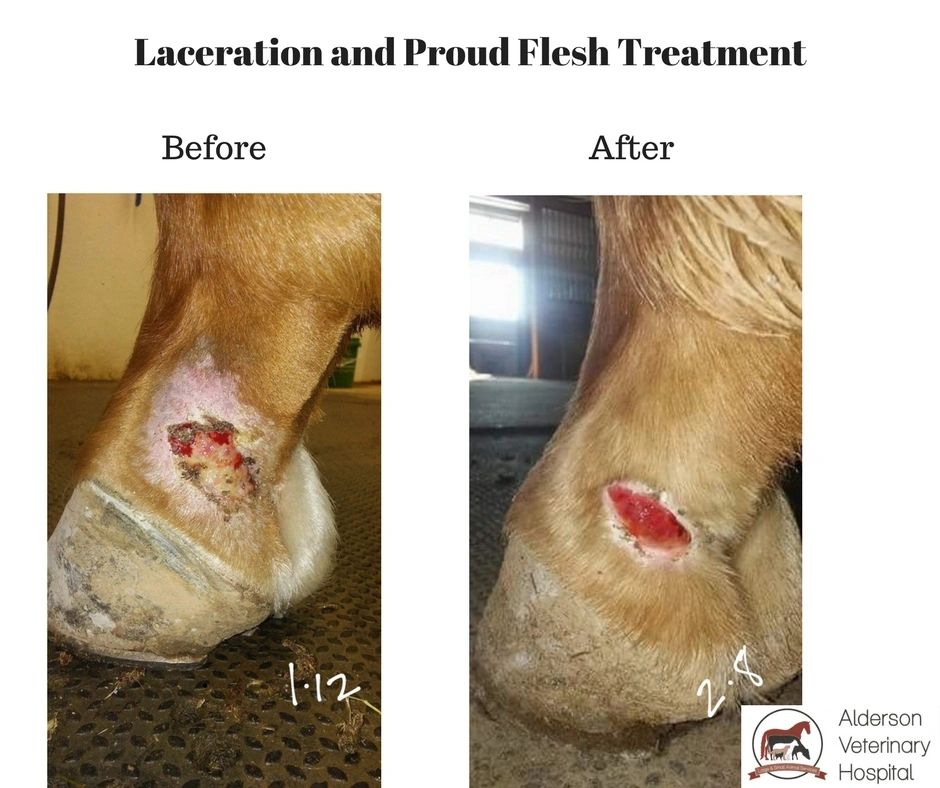The Power of Equine Therapy for Anxiety, PTSD, and Emotional Recovery
Wiki Article
Evaluating the Effectiveness of Laser Treatment in Horse Treatment for Injury Rehabilitation
The analysis of laser therapy's efficiency in equine injury rehab rests on numerous factors, including healing time, pain reduction, and cells regrowth. Clinical research studies suggest notable improvements in problems like tendonitis and osteo arthritis, credited to boosted cellular feature and raised ATP manufacturing. Veterinarians often observe premium outcomes with laser treatment contrasted to standard techniques, positioning it as a crucial aspect in equine care. The requirement for continuous monitoring and personalized therapy plans can not be overemphasized. What specific medical proof sustains these claims, and how do vets implement these protocols in practice?Recognizing Laser Treatment
Laser treatment has actually come to be a crucial tool in vet medicine, specifically in the treatment of equine conditions. Known for its non-invasive nature and effectiveness, laser therapy involves the application of particular wavelengths of light to stimulate tissue repair and lower swelling. This healing method is progressively preferred for its capability to speed up the healing procedure in horses experiencing a selection of bone and joint injuries and persistent conditions.The main device behind laser therapy is its ability to improve cellular features. Furthermore, laser therapy promotes vasodilation, boosting blood flow and oxygen shipment to broken cells, thus speeding up recovery.
In equine medication, laser treatment is especially valuable for problems such as tendonitis, osteo arthritis, and wound recovery. The method is admired for its pain-relieving residential or commercial properties, enabling equines to regain wheelchair and function a lot more swiftly. Vets likewise value its minimal negative effects contrasted to other therapy techniques, making it a trusted and safe option for equine care.

How Laser Therapy Works

Upon absorption, these photons cause a collection of biochemical modifications, improving mitochondrial feature and causing boosted adenosine triphosphate (ATP) production. This increase in ATP speeds up mobile metabolic rate, advertising cells fixing and regrowth. Additionally, laser treatment modulates inflammatory responses by affecting cytokine degrees and lowering oxidative stress, therefore minimizing discomfort and swelling.
An additional substantial element of laser treatment is its duty in enhancing microcirculation. The therapy advertises vasodilation, boosting blood circulation and oxygen distribution to broken tissues (Equine Therapy). This helps with the elimination of cellular particles and supports the expansion of fibroblasts and collagen synthesis, vital for injury recovery
Clinical Proof
The effectiveness of laser therapy in equine treatment has been corroborated through various scientific researches, showcasing its healing possible throughout a variety of conditions. A research conducted by Turner et al. (2012) demonstrated that horses treated with low-level laser treatment (LLLT) for tendon injuries displayed sped up recovery contrasted to those obtaining conventional treatments.Similarly, research by Johnson and associates (2015) focused on equine muscle mass injuries, exposing that laser treatment dramatically sped up muscle look at here now fiber regeneration and minimized muscle mass rigidity. These findings were substantiated by histological evaluations showing enhanced muscle cells company. Professional assessments have actually revealed that laser therapy can relieve chronic conditions such as osteoarthritis. A study by Smith et al. (2018) reported that equines with osteoarthritic joints experienced notable discomfort alleviation and raised variety of movement complying with a routine of laser therapy sessions.
Vet Insights

Vets likewise appreciate the convenience of laser therapy. She aims out that laser treatment can be tailored to the specific demands of each equine, making certain optimum results.
Additionally, veterinarians value the capability to incorporate laser treatment with various other therapy modalities. This multimodal technique can enhance overall treatment efficacy, providing a thorough service for equine recovery. Such recommendations from experienced specialists underscore the expanding approval and application of laser therapy in equine medication.
Practical Factors To Consider
A key element of executing laser therapy in equine treatment entails understanding the functional considerations that ensure its her comment is here efficiency and security. It is crucial to select the appropriate laser tool, as various kinds differ in wavelength, power, and infiltration depth. Vets should be well-versed in these parameters to tailor therapy procedures effectively to each injury kindAdditionally, the regularity and duration of laser treatment sessions require careful planning to optimize restorative advantages while decreasing any possible negative results. Consistent surveillance of the steed's response to therapy can assist required adjustments in the therapy program. Developing a secure and controlled atmosphere during therapies is also vital to protect against unexpected exposure to laser discharges, which might hurt both the horse and the trainer.
Educating and accreditation of workers administering laser treatment are paramount to ensure proper strategy and to promote safety requirements. Furthermore, preserving precise documents of each session, including laser settings and observed results, is crucial for assessing the general efficiency of the treatment and for making data-driven choices.
Conclusion
Laser therapy has arised as navigate here a reliable method in equine injury rehabilitation, offering considerable benefits in healing time, pain relief, and tissue healing. For optimum outcomes, continuous monitoring and personalized therapy protocols remain necessary in leveraging the full potential of laser therapy in equine treatment.Report this wiki page